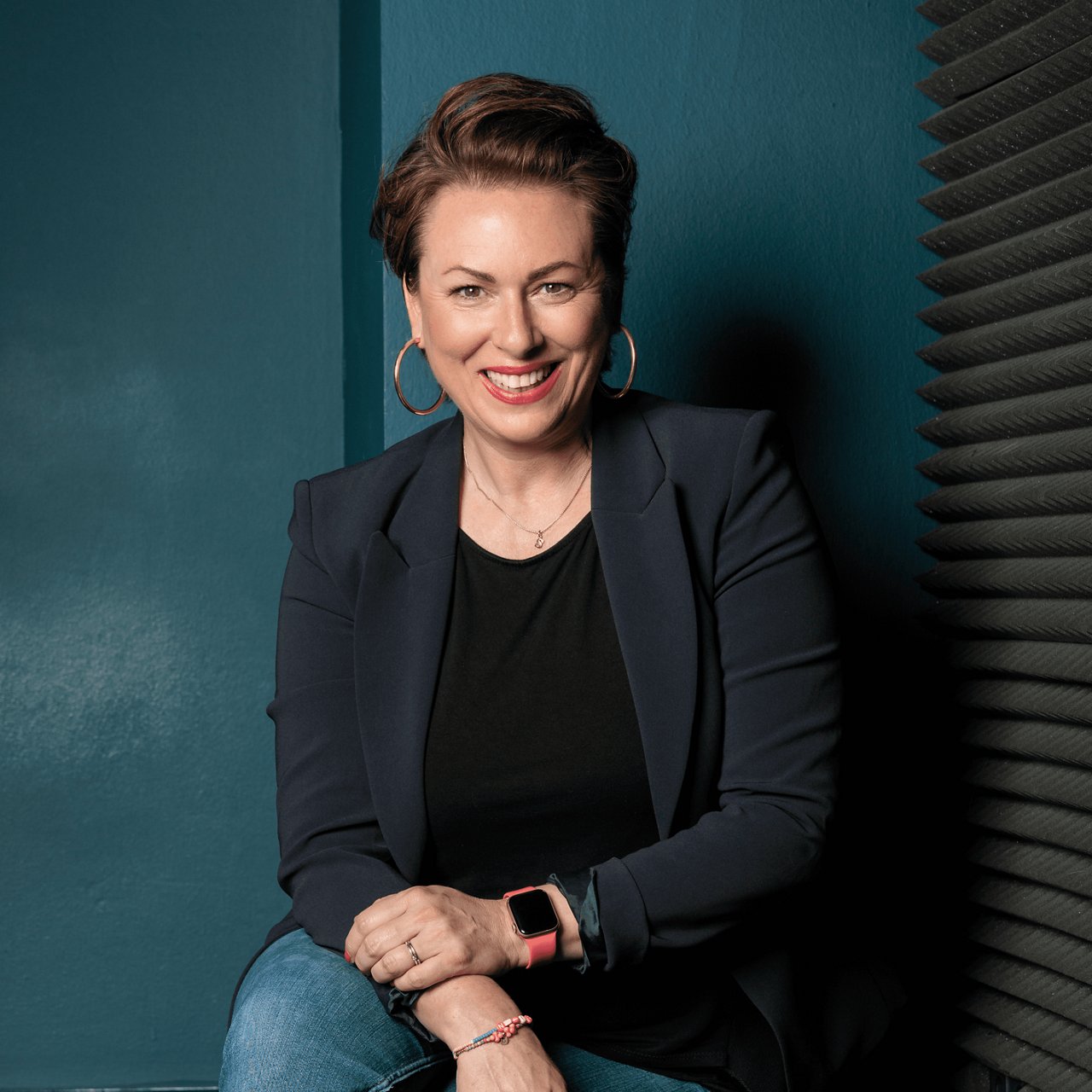Best Trends: Benedikt, at the House of Communication Berlin, you develop strategic company narratives for CEOs and companies together with former journalist Christoph Keese. What exactly is a narrative?
Benedikt Göttert: Narratives are meaningful stories. They convey values and emotions and establish legitimacy by resonating with generally accepted principles in the minds of the audience. According to Daniel Kahnemann, narratives primarily affect fast, intuitive thinking. Good narratives circumvent the rational mind and are taken to be true before the rational mind in the cortex of the brain – slow thinking – can verify the objective truth of the story. For companies to act responsibly, it is imperative that they use this method truthfully, meaning that they only use narratives that are objectively true and can thus withstand scrutiny by rational, critical thinking.
Best Trends: Isn’t a narrative just a trendier word for a story?
Benedikt Göttert: Many people use the words synonymously, but they actually have different meanings. Little Red Riding Hood is an example of a classic story – that is, a sequence of events with a beginning, a climax and an ending. A narrative, on the other hand, is a system of stories that form an overarching umbrella that moves towards a desired ending but has no ending yet. The narrative is supported by many stories, all of which contribute to the same messages, conclusions and lessons learnt. ‘The American Dream’ is an example of such a narrative, which can be told through countless stories.
Best Trends: How do you go about developing a narrative?
Benedikt Göttert: A narrative takes elements and information from the real world and places them in a fictional context, which in turn is brought into the real world in order to simplify or modify it. Strong narratives are based on myths, fairy tales, sagas, legends and fables that are deeply rooted in our collective memory and culture and that allow us to feel safe and secure, give us a sense of belonging and community and make us believe in something. On this basis, interwoven with the company’s story and strategy, we define key attributes and memetic phrases that feed into these attributes.
Best Trends: Memetic phrases?
Benedikt Göttert: According to a theory by evolutionary biologist Richard Dawkins, memes are thoughts that are propagated evolutionarily in a culture like genes are in biology. So memes are phrases that never leave the mind once they have been heard. Good jokes are classic examples of memes. They spread virally in no time at all and will never be forgotten. Communication from companies and leaders ideally produces memetic phrases that define the style and intent of the sender. ‘Never change a winning team’ is one such memetic phrase. Or ‘What belongs together grows together.’ It automatically rings true to us, even if it might be just the right time to change teams.
Best Trends: Who needs a narrative like this?
Benedikt Göttert: Transformation is the big topic of our time - in digitisation, sustainability, organisational processes - in fact throughout the entire thinking of our society. CEOs who want to implement a transformative strategy need the support of numerous stakeholders, such as employees and managers, the supervisory board, shareholders, customers, business partners and the works council. A CEO has to convince all of those parties to follow them and their strategy. Believing in one management and one strategy helps in this.
Best Trends: And how is this different from a classic advertising campaign?
Benedikt Göttert: A campaign in the classical sense can spark stimuli and trigger impulses. A narrative can change entire belief systems and behaviours. Or to put it another way, you recognise a good campaign by the fact that you recognise it. You can recognise a good narrative if you don’t recognise it, but follow it anyway.
Interested in more content?
Back to Issue #12



